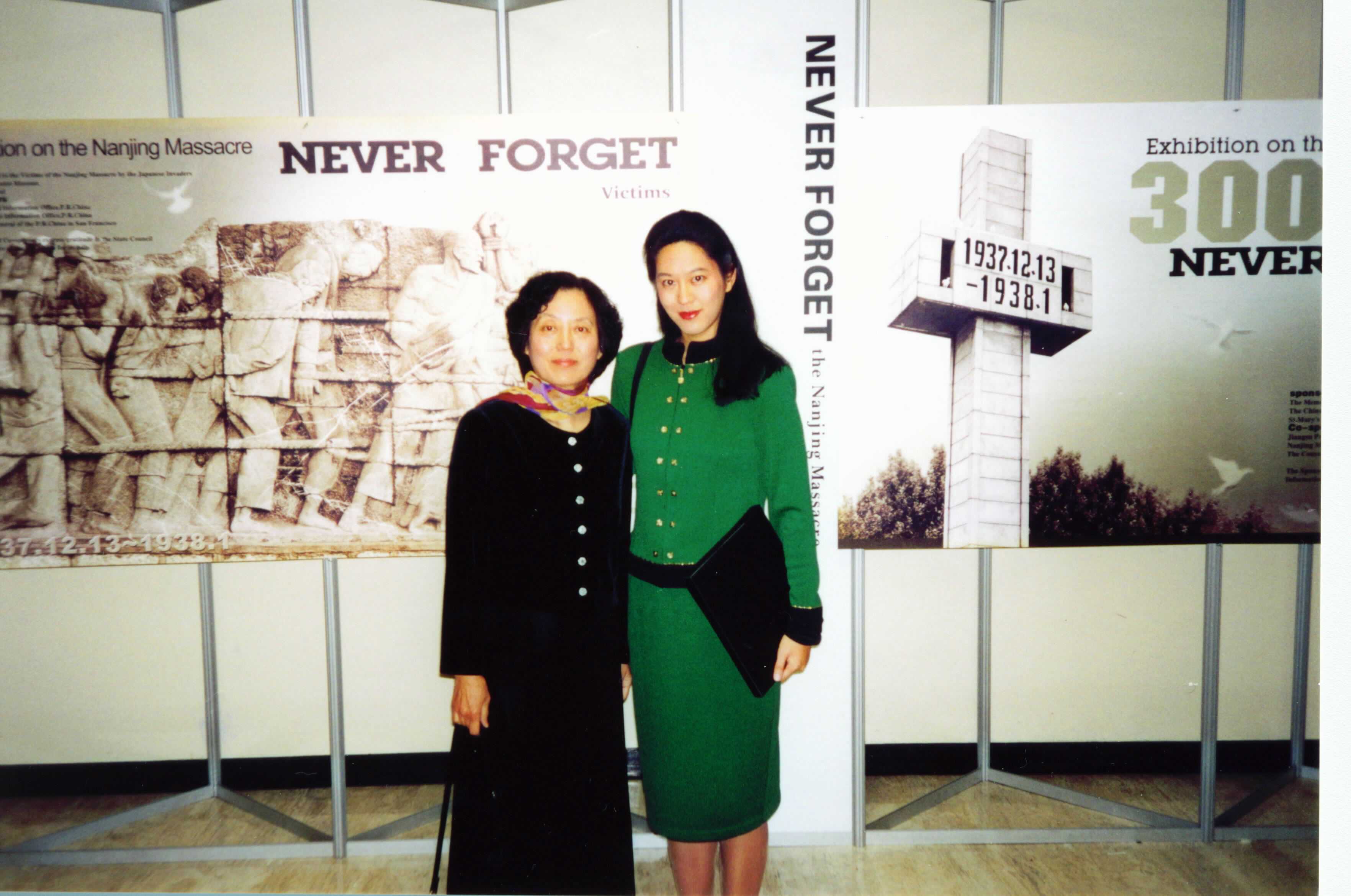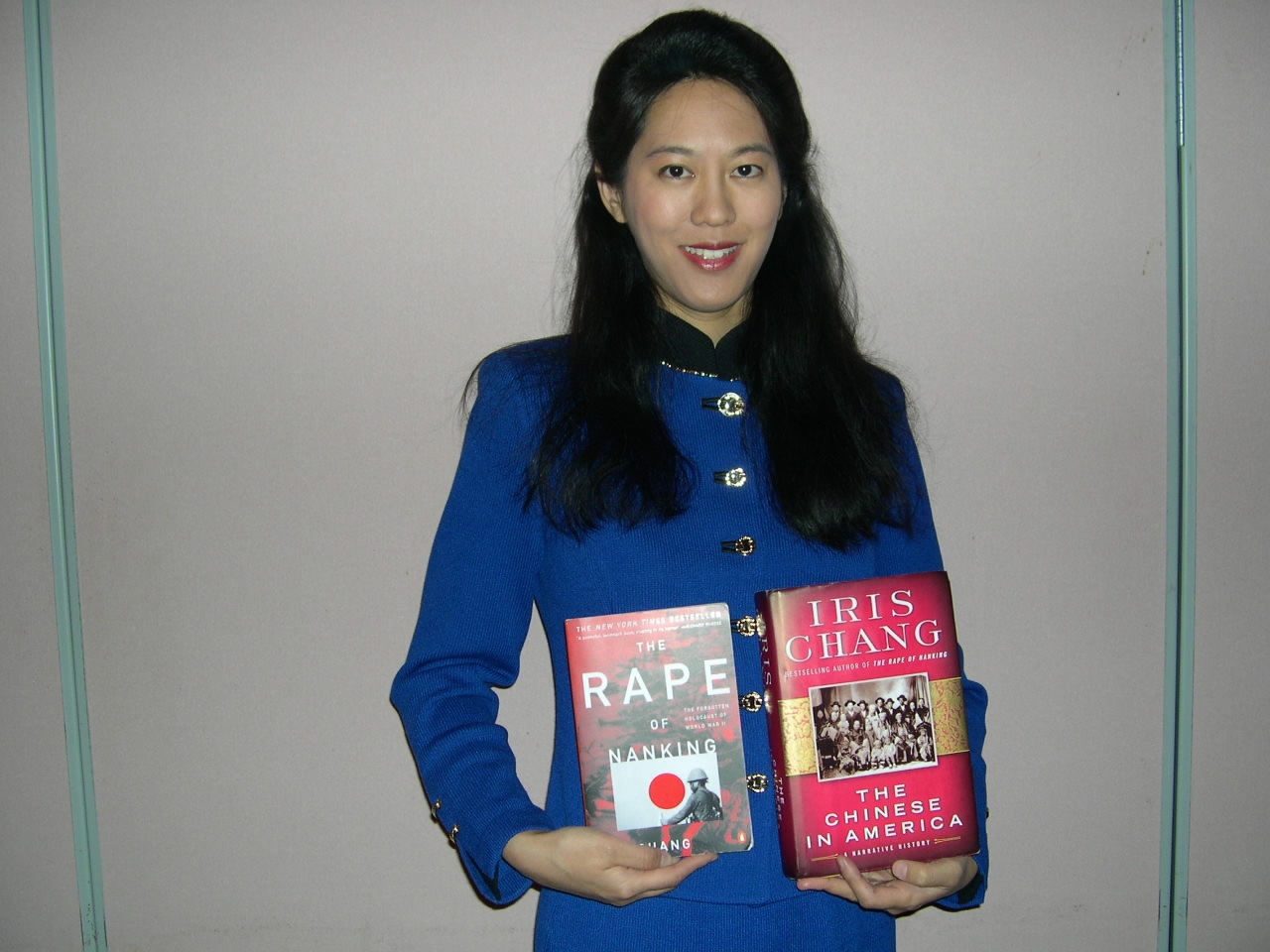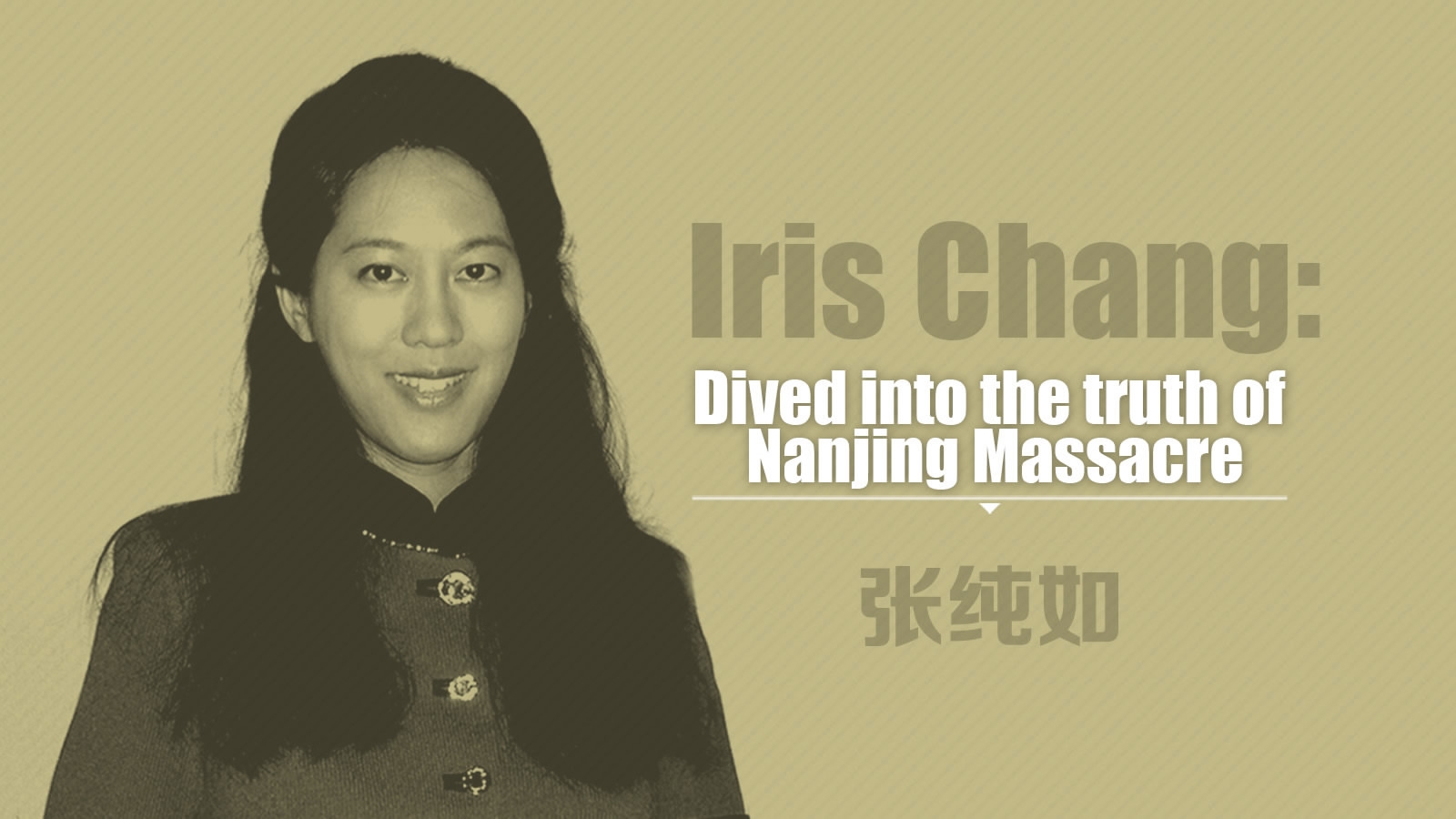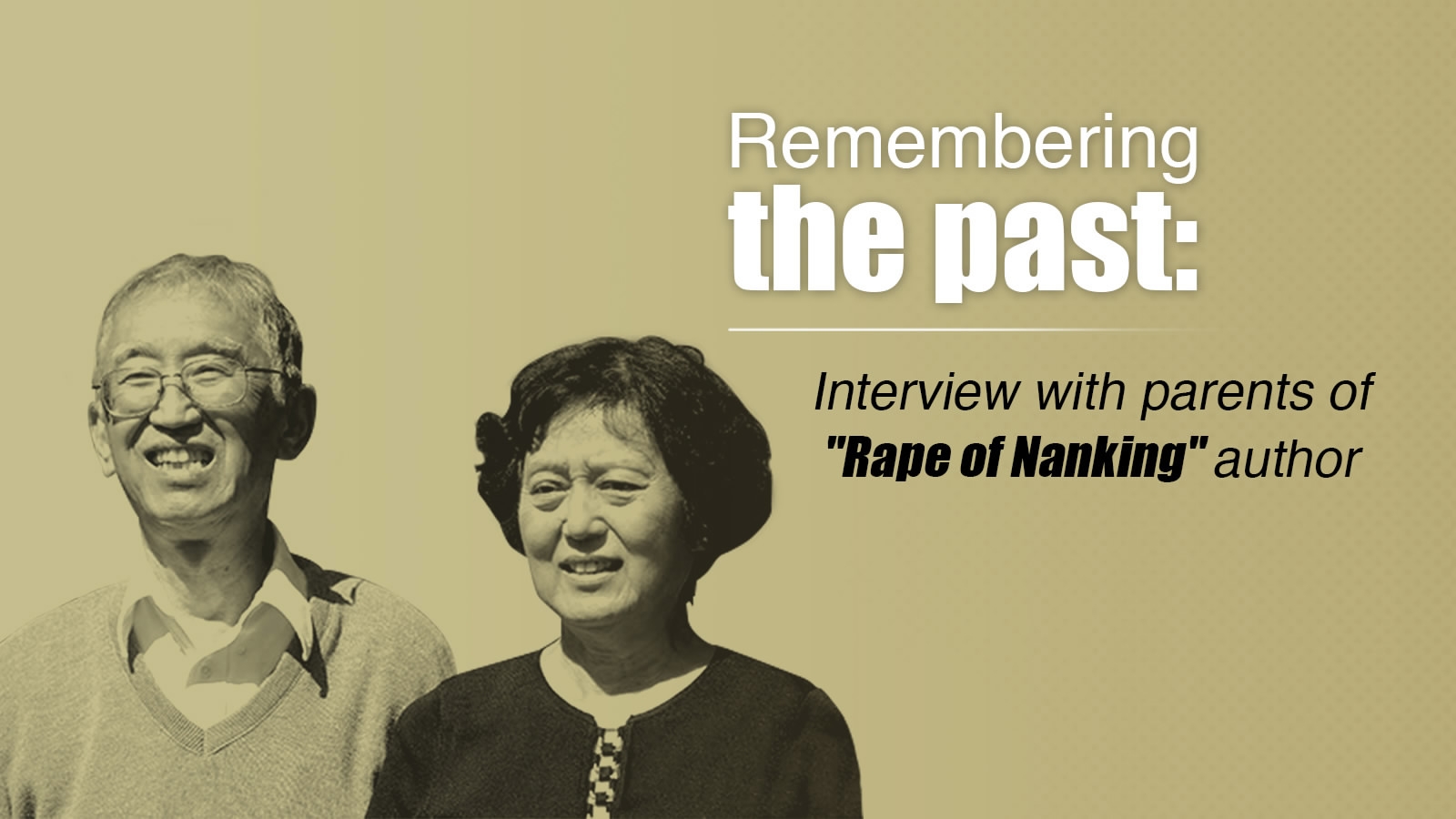It is still inconceivable to imagine how a gentle young woman who decided to take on one of the darkest periods of China's modern history – the Nanjing Massacre – an event where more than 300,000 Chinese were tortured and murdered by the Japanese army in 1937, ended up dead at the age of 36.
Born in the US, Iris Chang, whose Chinese name was Zhang Chunru, was the daughter of two University of Illinois professors. Chang’s mother remembered her as a diligent and passionate person who was deeply curious about Chinese history, and never gave up in her quest for social justice.

Ying-Ying Chang and her daughter Iris at a 2001 memorial in San Francisco for victims of the Nanjing Massacre. /Photo via straight.com
Ying-Ying Chang and her daughter Iris at a 2001 memorial in San Francisco for victims of the Nanjing Massacre. /Photo via straight.com
Despite her youth, she directed this passion to interrogating the Nanjing Massacre, traveling to China to scour stacks of archives and interview survivors of the massacre.
Penetrating the public consciousness
In 1977, Chang published "The Rape of Nanking: The Forgotten Holocaust of World War Two" to mark the 60th anniversary of the massacre. It became an instant best-seller, as a profound chronicle of the unimaginable holocaust by Japan during wartime, and was regarded as the first book in decades to reveal the atrocities.

Iris Chang with her books. /CCTV Photo
Iris Chang with her books. /CCTV Photo
Along with the international attention, Chang brought the massacre back into the public consciousness, reigniting debate over Japan's responsibility for war crimes.
At the same time, she was also paying a tremendous price for her work, as it was almost impossible for her to separate herself from the tragedy. "The stress of writing this book and living with this horror on a daily basis caused my weight to plummet," Chang once said in an interview.

Iris Chang and her new book, "The Rape of Nanking: The Forgotten Holocaust of World War II". /CCTV Photo
Iris Chang and her new book, "The Rape of Nanking: The Forgotten Holocaust of World War II". /CCTV Photo
Become Nanjing Massacre’s 'victim'
On a cloudy winter morning in 2004, Chang chose to shoot herself in California. She was only 36, a wife and mother of a two-year-old son. Her death made headlines nationwide and left another wound in Nanjing and across China.

People attending the memorial service to Iris Chang on Nov. 9, 2014, at the Gate of Heaven Catholic Cemetery in Los Altos, California. /People’s Daily Photo
People attending the memorial service to Iris Chang on Nov. 9, 2014, at the Gate of Heaven Catholic Cemetery in Los Altos, California. /People’s Daily Photo
The world struggled to understand how such an energetic and accomplished person could have reached this devastating point. Chang’s family were convinced that she was already exhausted, emotionally and physically, before her untimely death. After working incessantly and immersing herself in stacks of documents and photos of the massacre, she could barely take the depth of depravity, which lead to her eventual collapse.

Shau-Jin Chang looks at a bust of his daughter, Iris Chang, in the archive library at the Hoover Institution at Stanford University in 2009. /Photo via mercurynews.com
Shau-Jin Chang looks at a bust of his daughter, Iris Chang, in the archive library at the Hoover Institution at Stanford University in 2009. /Photo via mercurynews.com
Although Chang ultimately became another victim of the Nanjing Massacre, history has preserved her legacy.
She still lives on in the pages of her Nanjing book, as she once wrote: "My greatest hope is that this book will inspire other authors and historians to investigate the stories of the Nanking survivors before the last of the voices from the past, dwindling in number every year, are extinguished forever."








